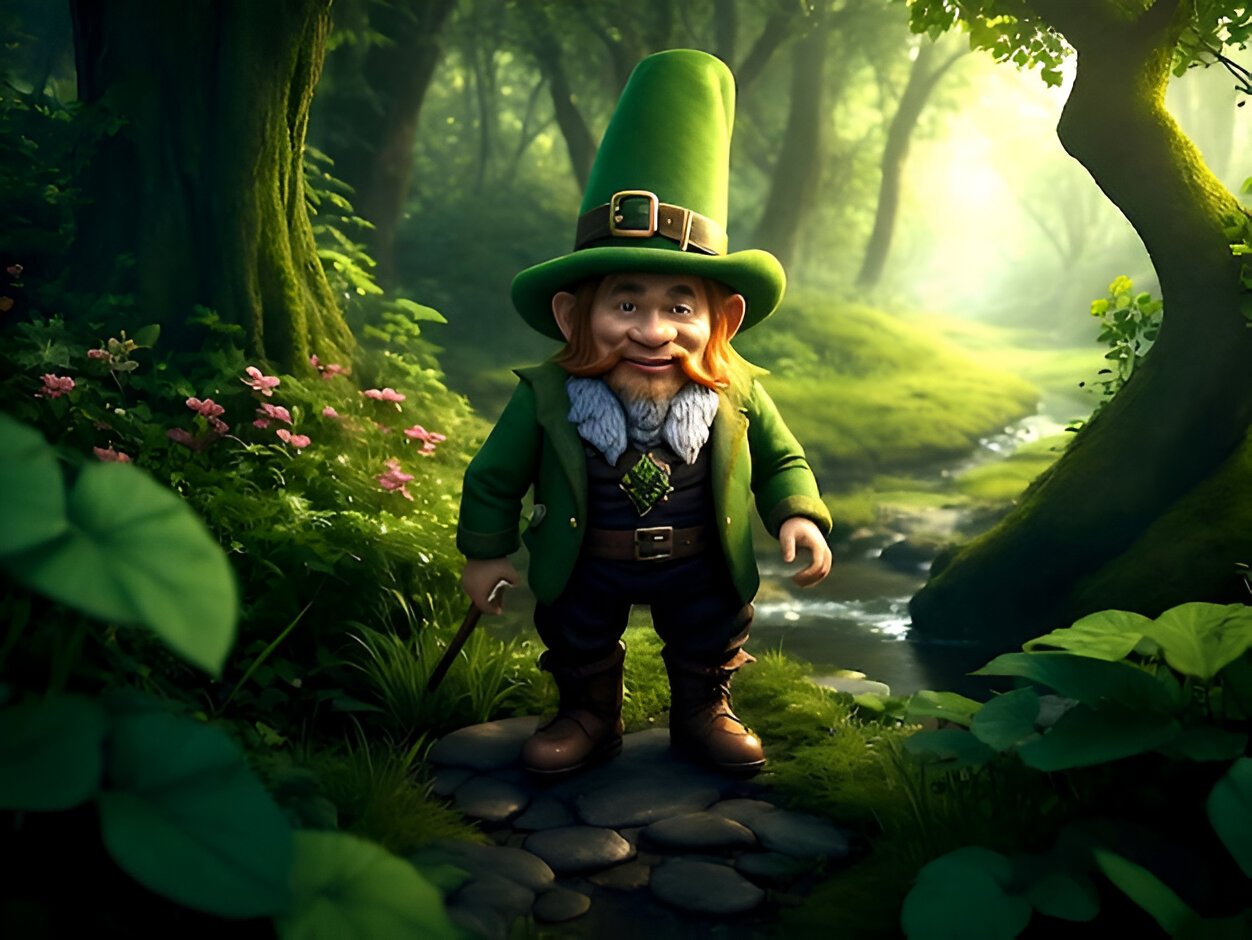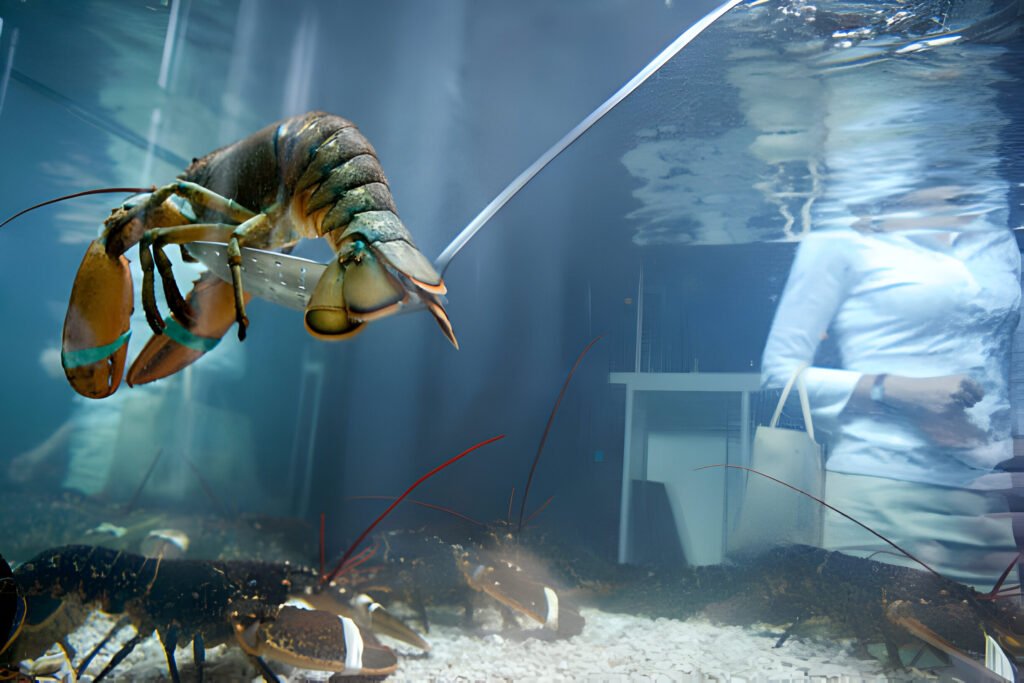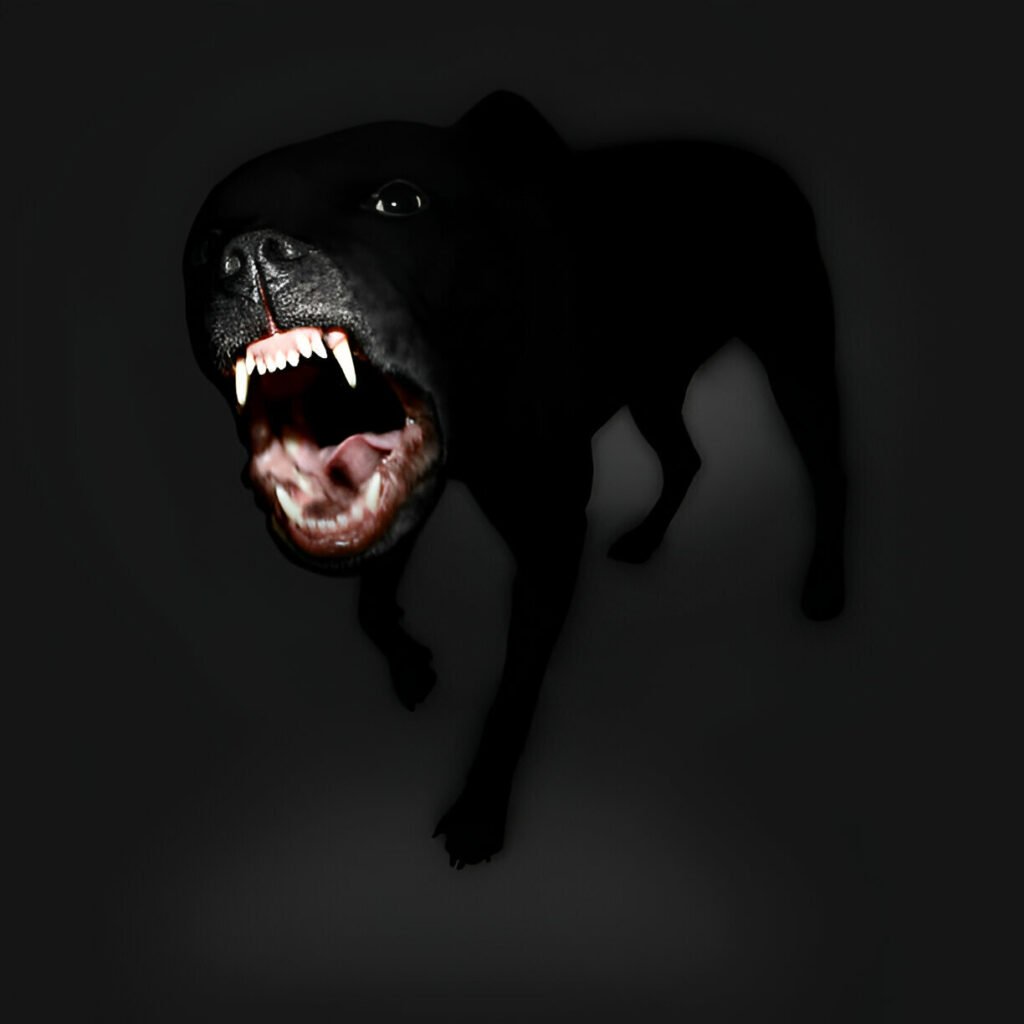Image Credit: Freepik
The Wizard of Oz Munchkins have captivated audiences for generations, leaving an indelible mark on popular culture. These diminutive characters from L. Frank Baum’s beloved story have become iconic symbols of whimsy and enchantment. From their memorable appearance in the 1939 movie to their enduring presence in Oz literature, the Munchkins have sparked curiosity and fascination among fans of all ages.
This article delves into the fascinating world of the Wizard of Oz Munchkins, exploring their origins, roles in the Oz universe, and cultural impact. We’ll uncover interesting facts about the actors who portrayed them in the classic film, examine famous Munchkin characters, and discuss how many Munchkins were involved in the production. Additionally, we’ll look at what the Munchkins represent in the story and how they’ve shaped the Oz legacy over the years.
Also Read: Airline Passenger Bites Flight Attendant During Mid-Flight Chaos
Origins and Description of the Munchkins
Baum’s Original Concept
The Munchkins, a fictional race created by L. Frank Baum, first appeared in his 1900 book “The Wonderful Wizard of Oz.” These diminutive characters are native to the eastern quadrant of Oz, known as Munchkin Country. In Baum’s original vision, the Munchkins wore only shades of blue clothing, as it was their favorite color and represented their homeland.
The origin of the term “Munchkin” has been a subject of speculation among researchers. One hypothesis suggests a connection to the Münchner Kindl, the emblem of Munich, Germany. This symbol, originally a 13th-century statue of a monk, evolved over time into a child wearing a pointed hood. Given Baum’s German heritage, he might have encountered such imagery in his childhood. Another possibility is that the name derives from the German word “Männchen,” meaning “little figure” or “mannikin.”
Physical Characteristics
In the original Oz books, Munchkins are described as being relatively short in stature. The first book states that they were scarcely taller than Dorothy, typically standing no more than three or four feet high. This made them the shortest tribe in all of Oz. However, in later books, their height is depicted more variably, with some Munchkins described as being as tall as other Ozites.
The Munchkins’ appearance is distinctive, characterized by their blue attire. Some Munchkins are even described as having blue hair or beards in later books, further emphasizing their connection to the color. Their voices also vary, with some speaking in high-pitched, mousy tones, while others have deep, low voices.
Personality Traits
The Munchkins are portrayed as gentle, non-violent people who are easily intimidated by anything larger than themselves. This tendency to be easily frightened often leads them to keep to themselves, avoiding trouble with other Ozians outside their own country.
Despite their timid nature, Munchkins are described as naturally humble, happy individuals who value hard work and simple pleasures. They have a strong sense of community, living side by side with their neighbors and treating each other like family. Their loyalty to one another is evident in their willingness to help those in need.
Munchkins are known for their agricultural prowess, with many being gifted farmers. They are said to have “green thumbs,” a natural talent for growing crops that runs in their blood. This skill has made them some of the most talented people in Oz when it comes to agriculture. Many Munchkins own large fields that stretch for miles, where they raise abundant crops and tend successful vegetable gardens.
The Munchkin people are content with their lives and are considered the wealthiest and healthiest race in all of Oz. Their prosperity is reflected in their large families and their ability to make a profitable, honest living. The Munchkins’ love for the great outdoors, particularly the expansive Munchkin Country, further emphasizes their connection to the land and their agricultural lifestyle.
Also Read : Hugh Jackman Boyfriend: The Truth Behind the Rumors
The Munchkins in Oz Literature
The Munchkins, as depicted in L. Frank Baum’s Oz series, have played a significant role in shaping the rich tapestry of Oz literature. These diminutive characters have captured the imagination of readers for generations, evolving and expanding their presence throughout the series.
Appearances in Baum’s Books
In Baum’s original work, “The Wonderful Wizard of Oz,” the Munchkins are introduced as the first inhabitants of Oz that readers encounter. They are described as being about the same height as Dorothy, a well-grown child, but appearing much older. This initial portrayal sets the stage for the Munchkins’ unique place in the Oz universe.
Baum’s decision to define the cultures of Oz by color has an influence on the Munchkins’ appearance. They have a preference for blue in their attire and decorations, with blue flowers growing in their country. Some interpretations even suggest blue-tinted skin, though this varies across different adaptations.
The Munchkins’ society is primarily agrarian, with many being skilled farmers. Baum also includes woodmen and at least one tinsmith among their ranks. This diversity in occupations adds depth to the Munchkin culture and their role in Oz.
Roles in Later Oz Books
As the Oz series progressed, the portrayal of Munchkins evolved. In later books, their height became more variable, with some Munchkins described as being as tall as other Ozites. This shift in depiction adds to the diversity of Oz’s inhabitants and challenges the initial stereotype of all Munchkins being short.
The Munchkins’ names also contribute to their characterization. Baum introduced characters such as Boq, Nimee Amee, Ojo, Unc Nunkie, Bini Aru, and Kiki Aru, each adding to the richness of Munchkin culture.
In the years before the Wicked Witches’ rise to power, Munchkin Country was governed by various independent kingdoms. Seebania ruled most of the country, while smaller city-states like Keretaria also existed. This political landscape changed dramatically when the Wicked Witch of the East conquered Munchkin Country, enslaving its people.
The Munchkins’ journey through their own country, as depicted in the books, involves encounters with various creatures and obstacles. These include the flesh-eating Kalidahs, a mother Stork, the deadly field of Poppies, and the Queen of the Field Mice. These adventures serve to expand the lore of Munchkin Country and its inhabitants.
Ruth Plumly Thompson, who continued the Oz series after Baum, introduced quirky countries within Munchkin territory, further enriching the Munchkin lore. This expansion of Munchkin culture and geography has had a lasting impact on the Oz legacy, cementing the Munchkins’ place as integral characters in the beloved fantasy series.
Also Read: Amarillo-Texas Bullied Boy Finds Friendship After Viral Video
Famous Munchkin Characters
Boq
Boq, a notable Munchkin character, has different portrayals across various Oz adaptations. In L. Frank Baum’s original “The Wonderful Wizard of Oz,” Boq has a minor role, hosting Dorothy for a night in Munchkinland. However, in Gregory Maguire’s novel “Wicked: The Life and Times of the Wicked Witch of the West,” Boq’s character is significantly expanded.
In “Wicked,” Boq is a childhood friend of Elphaba from Rush Margins, Munchkinland. He attends Shiz University, where he befriends Elphaba, Glinda, Crope, Tibbett, and Avaric. Boq assists Doctor Dillamond with research and harbors a brief infatuation with Galinda (later known as Glinda). After graduating, he marries Milla, a classmate, and they settle in Nest Hardings, Munchkinland. They have at least four children, including Yellowgage, Rikla, and Clarinda.
The stage adaptation of “Wicked” presents a different version of Boq. In this interpretation, he becomes involved with Nessarose, Elphaba’s sister, in an attempt to impress Galinda. This leads to a series of events that ultimately transform him into the Tin Woodman, a stark departure from the original story.
Jinjur
General Jinjur, introduced in L. Frank Baum’s 1904 novel “The Marvelous Land of Oz,” is a complex and intriguing Munchkin character. She leads an all-female “Army of Revolt” against the Scarecrow’s rule in the Emerald City, using both violence (knitting needles as weapons) and feminine wiles to gain advantage.
Jinjur’s name, pronounced “ginger,” hints at her volatile nature. However, she is not inherently evil, but rather misguided by her desire for power. Her revolt assigns traditionally female domestic tasks to the men of the Emerald City, creating a humorous role reversal.
After her defeat by Glinda’s army, Jinjur’s character evolves. In later Oz books, she appears as a contented dairy farmer’s wife and a talented painter. Her most significant reappearance is in “The Tin Woodman of Oz,” where she lives alone on a Munchkin Country farm and helps the Tin Woodman and his companions.
Nimmie Amee
Nimmie Amee is a pivotal Munchkin character in the Oz mythology, particularly in relation to the Tin Woodman’s backstory. She first appears as the beautiful Munchkin girl whom the Tin Woodman (then known as Nick Chopper) loved before his transformation.
Originally a servant to an old widow, Nimmie Amee fell in love with Nick Chopper, a woodcutter. Their romance was sabotaged by the Wicked Witch of the East, who enchanted Nick’s ax, causing him to gradually lose his body parts. Despite Nick’s transformation into the Tin Woodman, Nimmie Amee remained devoted to him, finding his tin form attractive.
The story takes an unexpected turn when another suitor, Captain Fyter, also falls victim to a similar curse. Both men seek help from the tinsmith Ku-Klip, who creates a new being named Chopfyt using parts from both Nick and Fyter. Nimmie Amee ultimately marries Chopfyt, as he reminds her of both men she loved.
In some adaptations, such as the webcomic “Namesake,” Nimmie Amee’s story has a different ending. She reunites with Nick Chopper, rekindling their romance and marrying him. Ozma even creates a daughter for them named Adora, adding a touching epilog to their tale.
The Munchkins’ Cultural Impact
The Munchkins, those diminutive characters from “The Wizard of Oz,” have left an indelible mark on popular culture since their debut in the 1939 film. Their impact extends far beyond the silver screen, influencing language, entertainment, and even earning recognition in the heart of Hollywood.
Use of ‘Munchkin’ in Popular Culture
The term “munchkin” has become a part of everyday English vocabulary, thanks to the enduring popularity of “The Wizard of Oz.” It has taken on a broader meaning, often used to refer to small children, persons with dwarfism, or anything of diminutive stature. This linguistic evolution demonstrates the profound influence these characters have had on society.
The Munchkins’ legacy in entertainment has also been significant. Long before computer-generated imagery brought fantastical creatures to life, it was these real-life actors of short stature who brought magic to the big screen. Their performances paved the way for more diverse representation in Hollywood and helped challenge societal perceptions of little people.
However, it’s important to note that many of the actors who portrayed Munchkins preferred to be recognized for their talents rather than their stature. As Mickey Carroll, one of the Munchkin actors, stated, “I’m not a Munchkin, I’m an entertainer.” This sentiment highlights the complex relationship between their iconic roles and their identities as performers.
Hollywood Walk of Fame Star
The cultural significance of the Munchkins received official recognition on November 20, 2007, when they were honored with a star on the Hollywood Walk of Fame. This 2,352nd star on the iconic walkway serves as a testament to their enduring impact on the film industry and popular culture.
The ceremony was a colorful affair, befitting the whimsical nature of the characters. Seven surviving Munchkin actors from the original film were present to accept the honor:
- Mickey Carroll (the town crier)
- Ruth Duccini (a Munchkin villager)
- Jerry Maren (part of the Lollipop Guild)
- Margaret Pellegrini (the “sleepyhead” Munchkin)
- Meinhardt Raabe (the coroner)
- Karl Slover (the main trumpeter)
- Clarence Swensen (a Munchkin soldier)
The event was a spectacle reminiscent of the film itself. The Munchkin actors arrived in a carriage drawn by a “horse-of-a-different-color,” led by the Hollywood High School Marching Band. This grand entrance paid homage to the fantastical elements of Oz while celebrating the real-world achievements of these actors.
The star on the Walk of Fame has become a lasting tribute to the Munchkins’ contribution to cinema. Even years after the ceremony, it continues to be a place of remembrance. For instance, on August 7, 2013, flowers were placed on the star in memory of Margaret Pellegrini, one of the Munchkin actors who had passed away.
Conclusion
The Wizard of Oz Munchkins have left an enduring mark on popular culture, captivating audiences for generations. From their origins in L. Frank Baum’s beloved books to their iconic appearance in the 1939 film, these diminutive characters have sparked curiosity and fascination. Their impact extends beyond the realm of entertainment, shaping language and earning recognition in the heart of Hollywood with a star on the Walk of Fame.
The Munchkins’ legacy lives on through their contributions to literature, film, and society at large. Their portrayal has evolved over time, challenging stereotypes and paving the way for more diverse representation in media. As we reflect on the whimsical world of Oz, the Munchkins stand out as a testament to the power of imagination and the lasting influence of beloved fictional characters on our cultural landscape.
Also Read: Top Alexa Demie Movies and TV Shows You Must Watch
FAQs
- Who created the Munchkins in the Wizard of Oz?
- L. Frank Baum introduced the Munchkins in his 1900 book “The Wonderful Wizard of Oz.”
- What do the Munchkins represent in the Oz series?
- The Munchkins symbolize innocence, simplicity, and the hardworking, agrarian lifestyle.
- How many Munchkins were in the 1939 film?
- The 1939 film featured around 124 Munchkin actors, all of whom were real people with dwarfism.
- What is the origin of the term ‘Munchkin’?
- The term “Munchkin” might derive from the German word “Männchen,” meaning “little figure,” or from Münchner Kindl, the emblem of Munich.
- Were the Munchkins always depicted as short?
- In the original books, Munchkins were depicted as short, but later books allowed for variability in their height.
- What color do the Munchkins favor in their attire?
- The Munchkins favor blue, which symbolizes their homeland, Munchkin Country.
- Did the Munchkins have specific occupations?
- Yes, many Munchkins were skilled farmers, woodmen, tinsmiths, and other craftsmen.
- What is the significance of the Munchkins’ Hollywood Walk of Fame star?
- The star honors the cultural impact and contributions of the Munchkin actors to cinema.
- Who are some famous Munchkin characters?
- Notable Munchkin characters include Boq, General Jinjur, and Nimmie Amee.
- How have the Munchkins influenced popular culture?
- The term “munchkin” has become synonymous with anything small or diminutive and has influenced language, entertainment, and media.




